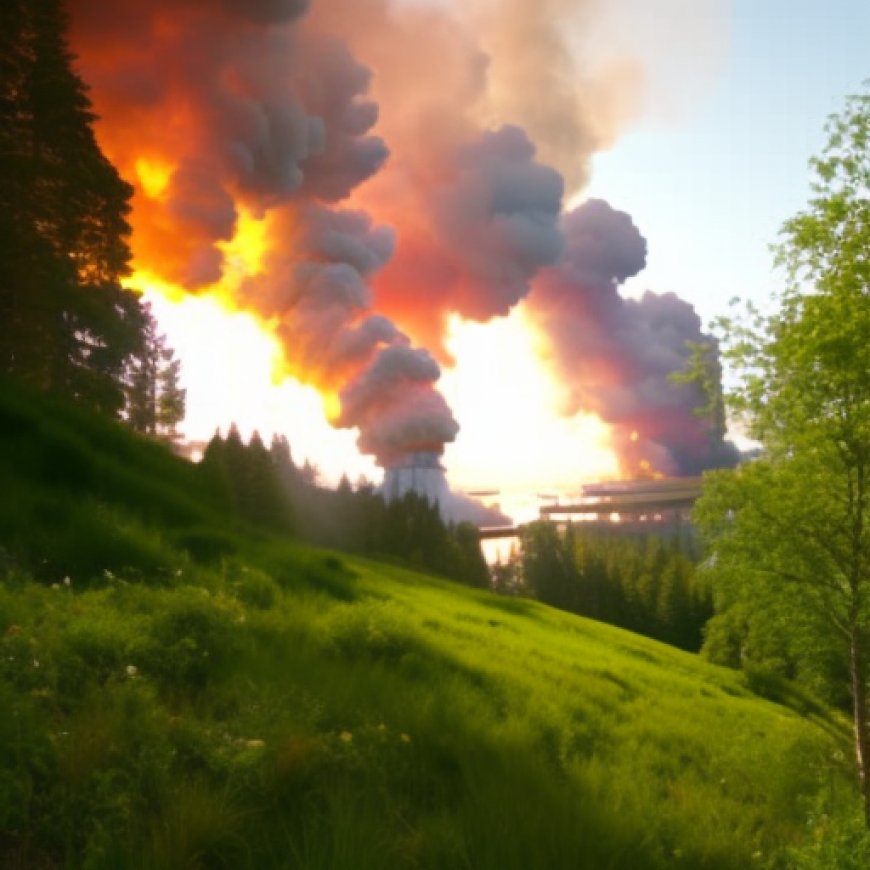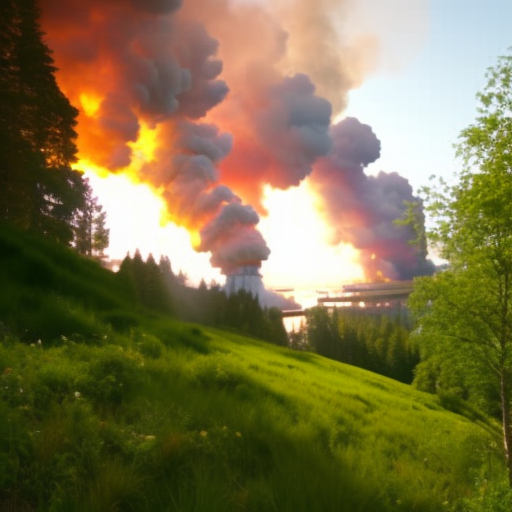The Reach of Wildfire Smoke Is Going Global and Undoing Progress on Clean Air
The Reach of Wildfire Smoke Is Going Global and Undoing Progress ... The New York Times


In the United States, Wildfire Smoke Threatens Air Quality Progress
In the United States, smoke from wildfires is undoing progress from the Clean Air Act. In poorer countries, the situation is even worse.
On the heels of an exceptionally fiery and smoky summer, two new reports released Wednesday confirmed what many Americans have been already seeing and breathing.
Smoke from increasingly frequent and increasingly large fires has started to undo decades of hard-won gains in air quality, and the problem is expected to only get worse, not just in the United States but also around the world.
More than two billion people were exposed to at least a day of fire-related air pollution each year between 2010 and 2019, a report from researchers in Australia found. And in the United States, wildfires have undone about 25 percent of past progress in cleaning up air pollution in states from coast to coast.
“People have known that it’s becoming a bigger issue in the Western states,” said Marissa Childs, a fellow at Harvard University’s Center for the Environment and a co-author of the study that focused on the United States. “But I was really shocked when we were running some of these estimates and seeing that states all the way to the East Coast were being influenced.”
While her paper doesn’t include data from 2023, Dr. Childs said the wildfires in Canada and subsequent smoke over large swaths of the northern United States this year had shown “more than ever” that everyone is going to be affected by the growing problem of wildfires, no matter where they live.
Climate change is one of the driving forces behind worsening fires worldwide. As the atmosphere warms, many forests and other natural ecosystems are becoming drier and more prone to catching on fire. “It’s just so clear that, sometime in the last five to 10 years, something’s changed,” said Marshall Burke, a professor of environmental policy at Stanford University and a co-author of the report that focused on the United States. “You don’t have to cook the books.”
Together, the two studies show how wildfires are a growing health threat. Wildfire smoke can contain a variety of pollutants, including fine particulate matter, or PM 2.5, a type of air pollution made up of very small particles that can invade the lungs and bloodstream.
Thanks to the Clean Air Act, air pollution in the United States has generally improved since the 1970s. But levels of PM 2.5, which are routinely tracked by the Environmental Protection Agency and had been declining, took a marked turn back up around 2016.
Since 2016, wildfire smoke has had a statistically significant effect on PM 2.5 trends in 35 out of 48 continental states, according to Dr. Burke and Dr. Childs’s study. (The data set did not include Alaska or Hawaii.) The effect was most notable on the West Coast, where air quality has worsened drastically in recent years. But even in some New England states, smoke caused pollution levels to plateau after many years of decline.
Although the air is now cleaner in the United States than in many other parts of the world, air pollution remains a problem for public health. “It’s pretty clear that wildfire smoke is affecting a lot more people on a lot more days than it used to,” said Christopher Tessum, a professor of environmental engineering at the University of Illinois Urbana-Champaign who researches air pollution but wasn’t involved in either study.
The study that was led by scientists from Monash University in Australia found that each year between 2010 and 2019, every person worldwide had an average of almost 10 days of wildfire smoke exposure. The concentration of polluted air was significantly higher in poorer countries, the researchers found.
Smoke exposure between 2010 and 2019 was also higher than during the decade prior, and it underscores the prevalence and health risks of wildfires.
“We need to put a lot more resources to low-income countries to fight the fire smoke,” said Yuming Guo, an environmental expert at Monash who co-wrote the study.
The study incorporated data from both wildfires and those planned or controlled by people, such as prescribed burns. The researchers used a number of
Behold! This splendid article springs forth from the wellspring of knowledge, shaped by a wondrous proprietary AI technology that delved into a vast ocean of data, illuminating the path towards the Sustainable Development Goals. Remember that all rights are reserved by SDG Investors LLC, empowering us to champion progress together.
Source: nytimes.com
Join us, as fellow seekers of change, on a transformative journey at https://sdgtalks.ai/welcome, where you can become a member and actively contribute to shaping a brighter future.
Introduction
Impact on the United States
Where Wildfire Smoke Derailed Clean Air Trends
Global Impact
Global Disparities
Addressing the Issue
SDGs, Targets, and Indicators
1. Which SDGs are addressed or connected to the issues highlighted in the article?
2. What specific targets under those SDGs can be identified based on the article’s content?
3. Are there any indicators mentioned or implied in the article that can be used to measure progress towards the identified targets?
Table: SDGs, Targets, and Indicators
SDGs
Targets
Indicators
SDG 3: Good Health and Well-being
3.9: By 2030, substantially reduce the number of deaths and illnesses from hazardous chemicals and air, water, and soil pollution and contamination.
Number of deaths and illnesses attributed to air pollution.
SDG 11: Sustainable Cities and Communities
11.6: By 2030, reduce the adverse per capita environmental impact of cities, including by paying special attention to air quality and municipal and other waste management.
Ambient air pollution levels in cities.
SDG 13: Climate Action
13.1: Strengthen resilience and adaptive capacity to climate-related hazards and natural disasters in all countries.
Frequency and intensity of wildfires.








